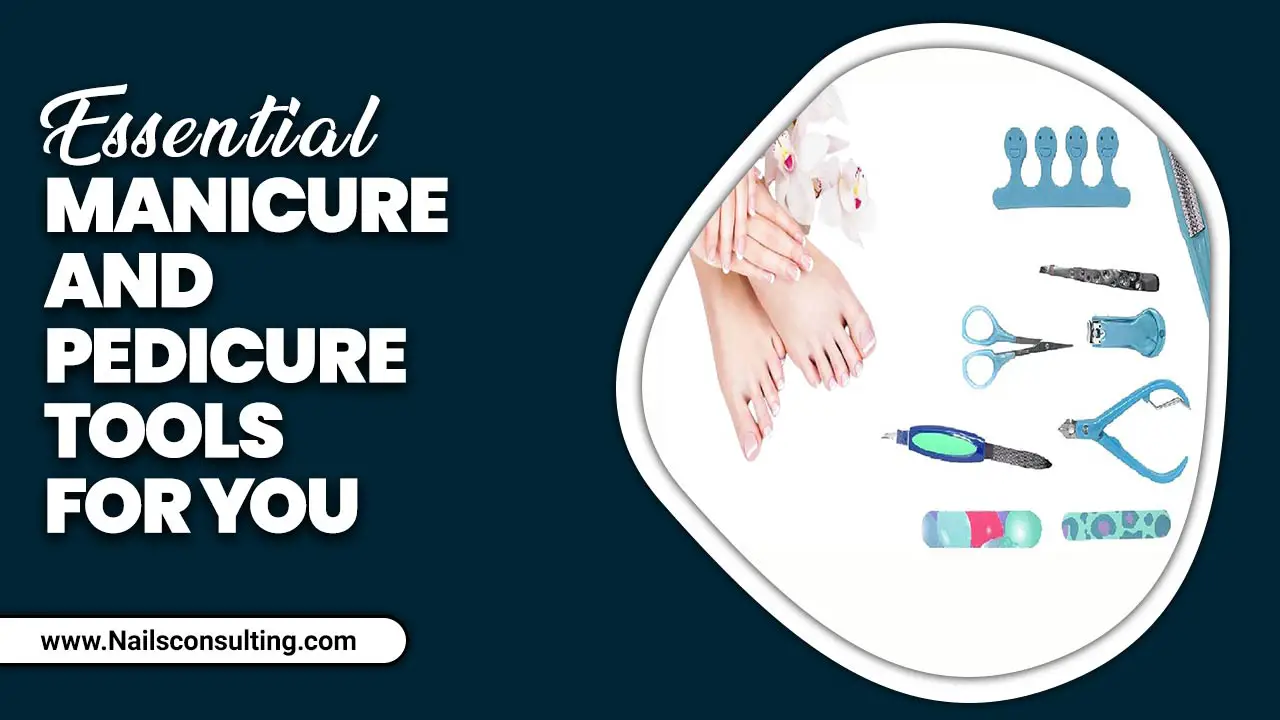Nail trimming is a common grooming practice that individuals engage in to maintain the health and appearance of their nails.
However, with the plethora of tools available in the market, it can be overwhelming to determine which tool is best suited for this task. From traditional nail clippers to electric files, there are numerous options. Each tool offers its own advantages and disadvantages, making it essential to consider Which tool is used to trim nails?
We will explore the various tools used for trimming nails and evaluate their effectiveness. By understanding each tool’s different features and functions, you can make an informed decision on which one is most suitable for you. Whether you are a professional nail technician or someone looking to maintain their nails at home, this article aims to provide a comprehensive guide on the optimal nail trimming tool.
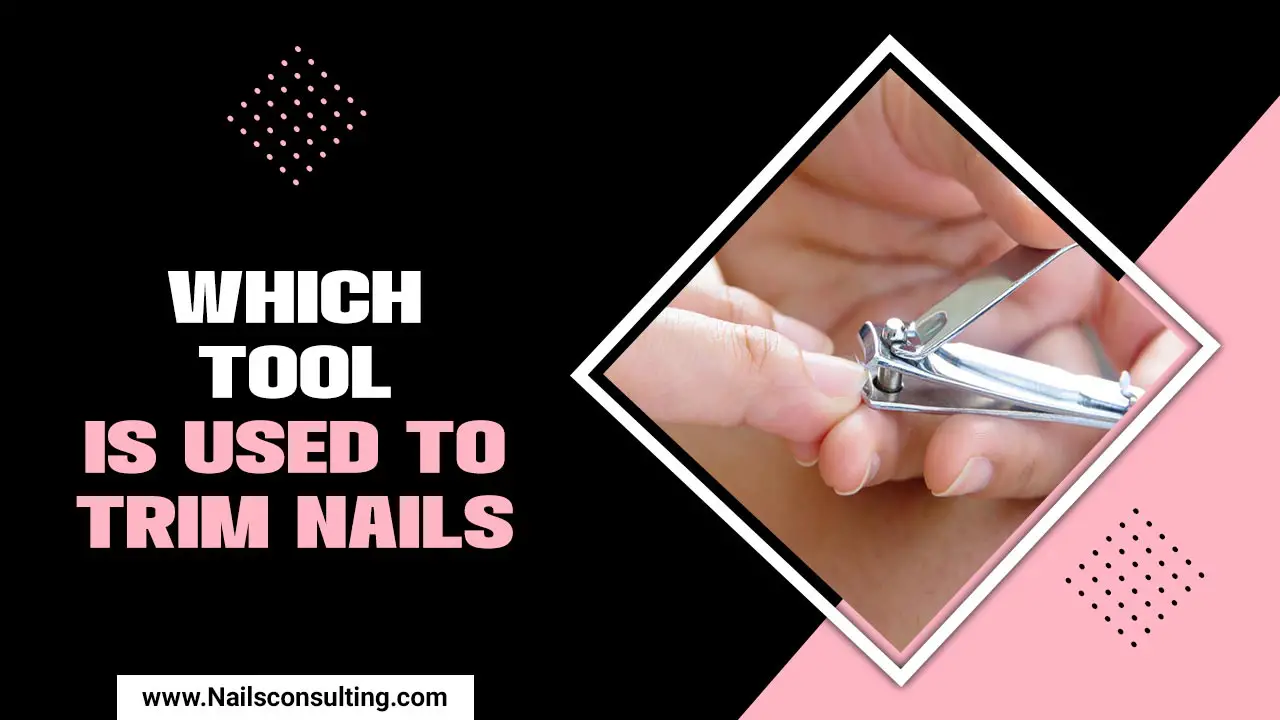
Types Of Nail Trimming Tools
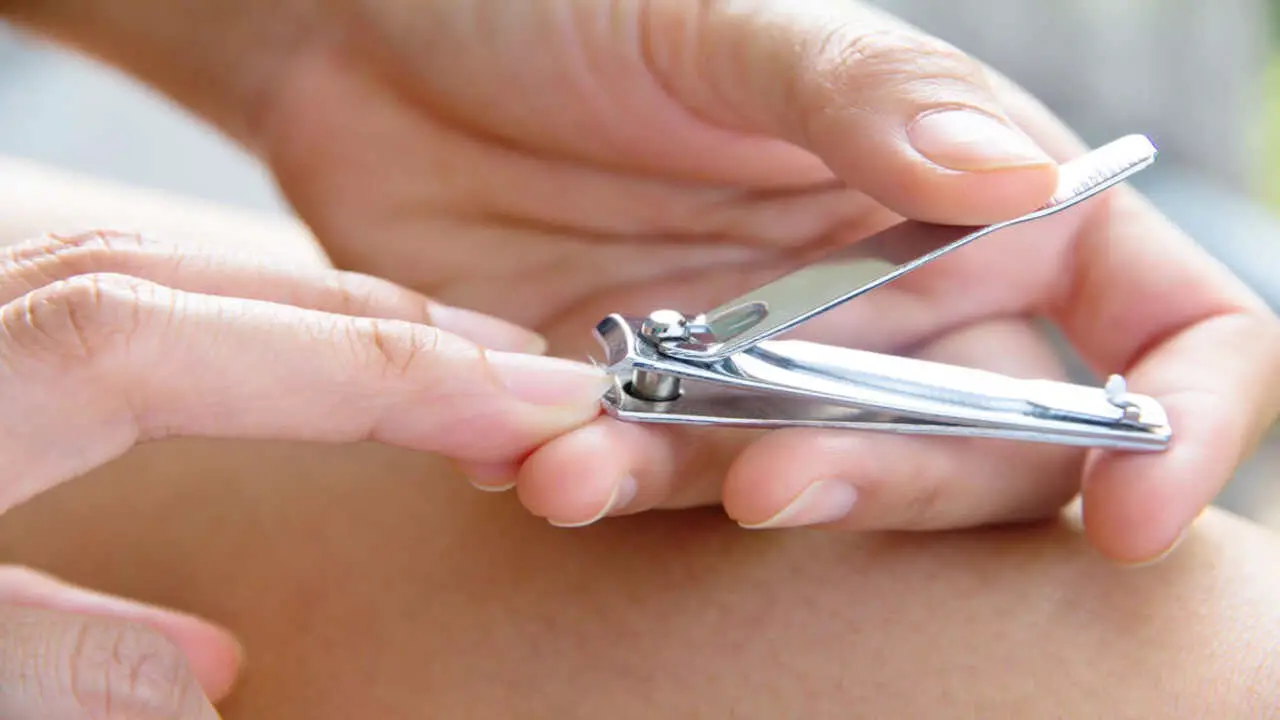
Several types of nail trimming tools are available, each with unique features and benefits. Choosing a tool that suits your needs and comfort level is important while ensuring proper hygiene practices by cleaning and disinfecting them regularly. Some popular options include:
- Nail clippers: These are the most common and widely used tools for trimming nails. They come in various sizes and shapes to accommodate different nail types and preferences.
- Nail scissors: Similar to regular scissors, nail scissors have curved or straight blades specifically designed for trimming nails. They provide more control and precision than clippers, making them a popular choice for those with thicker nails or specific nail shapes.
- Nail files: While not technically a trimming tool, nail files are essential for shaping and smoothing the edges of trimmed nails. They come in different grits and materials, such as emery boards or glass files, to suit individual preferences.
- Electric nail trimmers: These battery-operated devices use rotating blades or grinding surfaces to trim and shape nails quickly and effortlessly. They are particularly useful for individuals with limited dexterity or difficulty using traditional manual tools.
Professionals Opinion On Which Tool Is Used To Trim Nails?
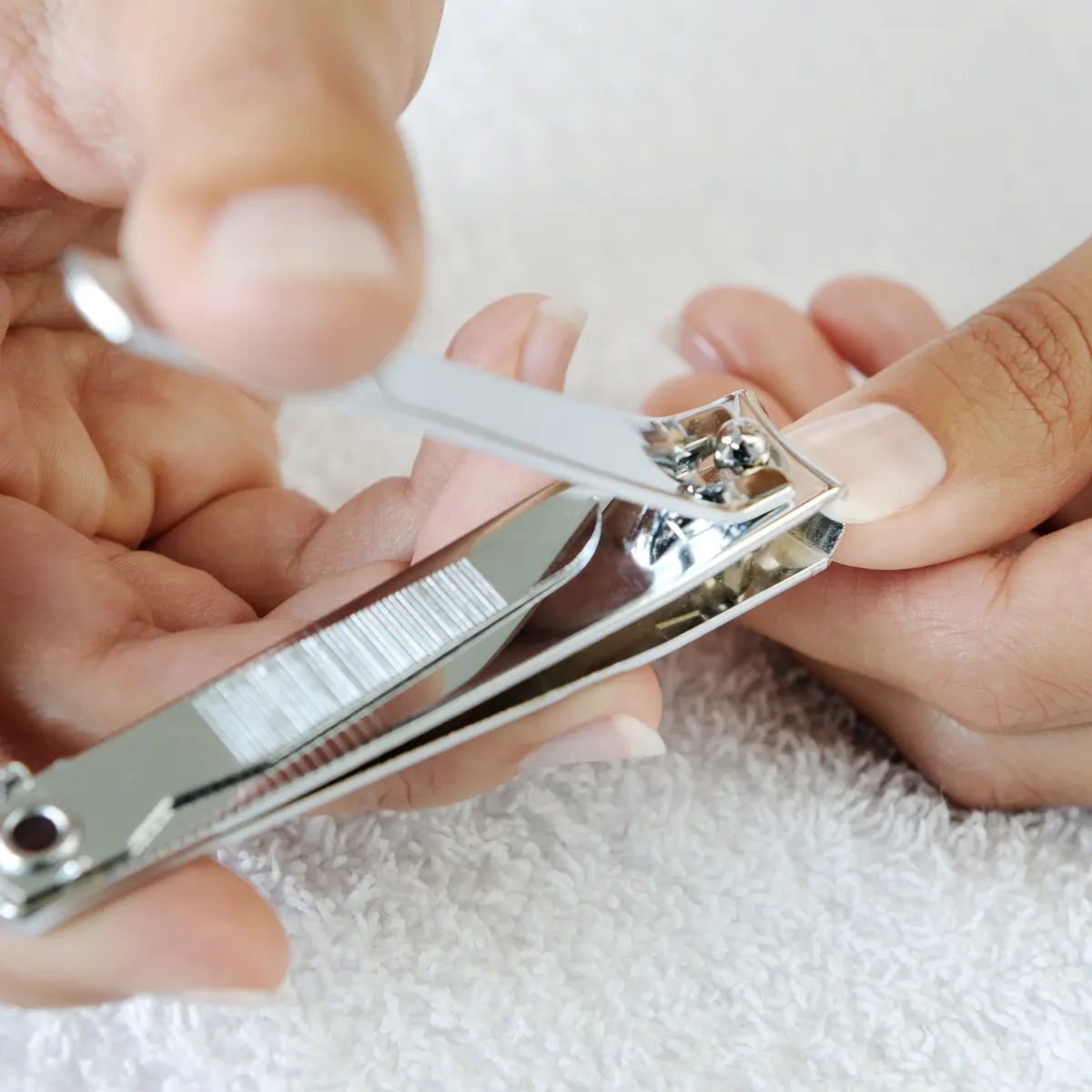
Professionals generally recommend trimming nails using a nail clipper or scissors. These tools are specifically designed for cutting and shaping nails, making them the most effective and efficient option. Nail clippers are typically handy for larger nails, such as those on the hands or feet, while nail scissors are better suited for smaller and more delicate nails, such as those on the fingers.
Choosing a tool that you feel comfortable and confident using is important, as this will help ensure a safe and precise trim. Additionally, sanitizing your tools before and after each use maintains hygiene and prevents any potential infections, or you can have your nails cut by a professional at a salon.
Remember to go to salons that are strict about maintaining hygiene, especially with the tools used. Taking your own nail clippers, scissors, long nails, and other tools to the salon is best.
How To Properly Use And Maintain Nail Trimming Tools For Optimal Results
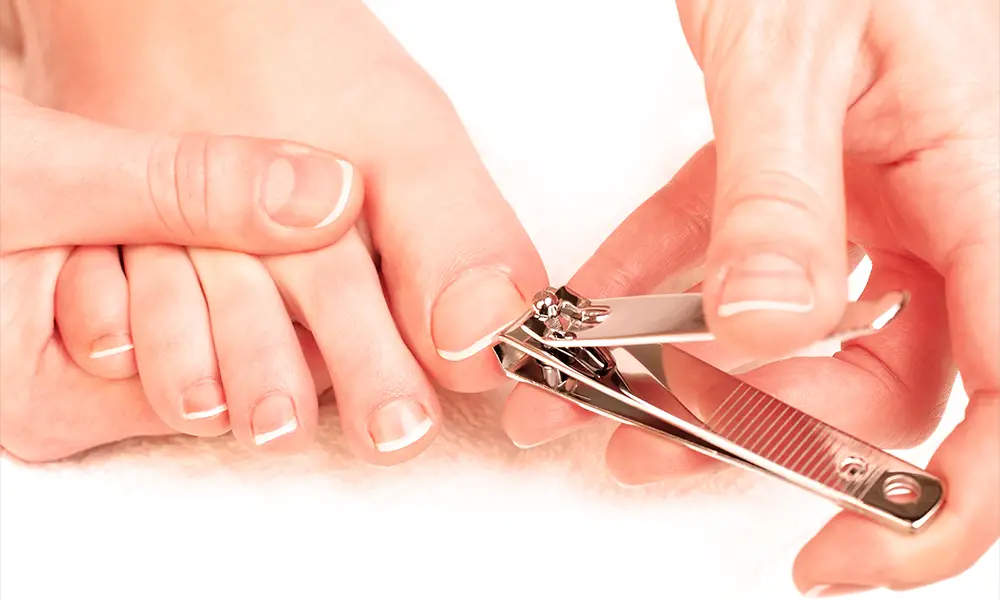
When trimming nails, a few different tools can be handy. The most common tool is a nail clipper or manicure scissors, designed specifically for trimming fingernails and toenails. To use nail clippers or manicure scissors, simply position the tool over the edge of the nail and squeeze the handles together to cut through the nail.
It’s important not to cut too close to the skin or cuticle, as this can cause pain and potentially lead to infection. Another tool that can be handy for trimming is a nail file or emery board, also known as a filing tool. This tool is typically handy for shaping and smoothing the edges of the nails, including the nail edge, after trimming them with a clipper.
To use a nail file, simply hold it at an angle against the edge of the nail and gently file in one direction until the desired shape and smoothness are achieved. No matter which tool you choose for trimming your nails, keeping them clean and well-maintained for optimal results is important.
After each use, make sure to clean your tools with soap and water or isopropyl alcohol, including a small scrub brush, to remove any bacteria or debris. Additionally, replacing your tools regularly is a good idea to ensure they stay sharp and effective. By properly using and maintaining your nail trimming tools, you can easily achieve neat and well-groomed nails.
The Benefits And Drawbacks Of Using Different Tools For Nail Trimming
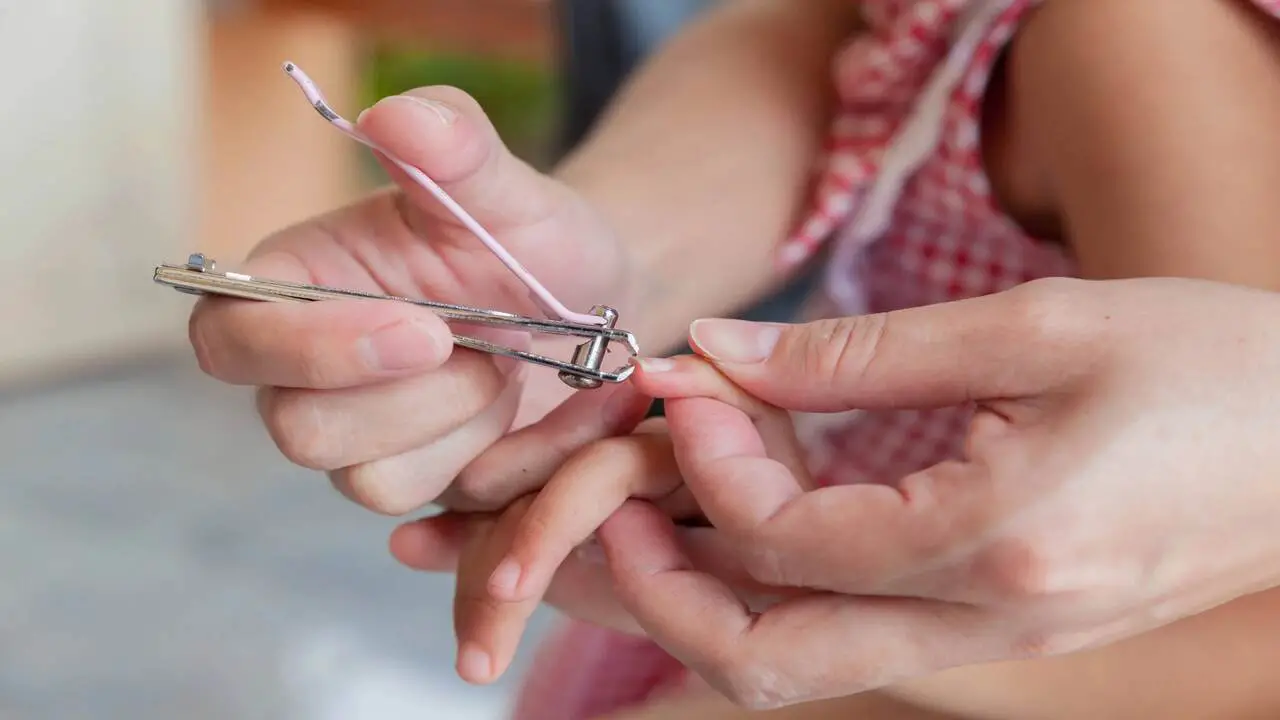
Regarding trimming nails, several tools can be handy. Each tool has its own benefits and drawbacks; the best tool for trimming nails will depend on personal preference and individual needs. Trying different tools and techniques may be beneficial to find the one that works best for you. So it’s important to choose the one that works best for you.
- Nail clippers: Nail clippers are a popular choice for many people because they are easy to use and provide a clean, precise cut. However, if used improperly, they can sometimes cause nail splitting or jagged edges.
- Nail scissors: Nail scissors are another option for trimming nails. They offer more control and allow for shaping and precision cutting. However, they can be more difficult to use than clippers and may require some practice.
- Electric nail files: Electric nail files are convenient for quickly and easily shaping and smoothing nails. They can be particularly useful for individuals with arthritis or limited hand mobility. However, they may not provide as clean of a cut as clippers or scissors.
- Emery boards: Emery boards are a traditional tool for filing and shaping nails. They are gentle on the nails and offer flexibility in terms of shaping. However, they can take longer to achieve desired results compared to other tools.
Factors To Consider When Choosing A Nail-Trimming Tool
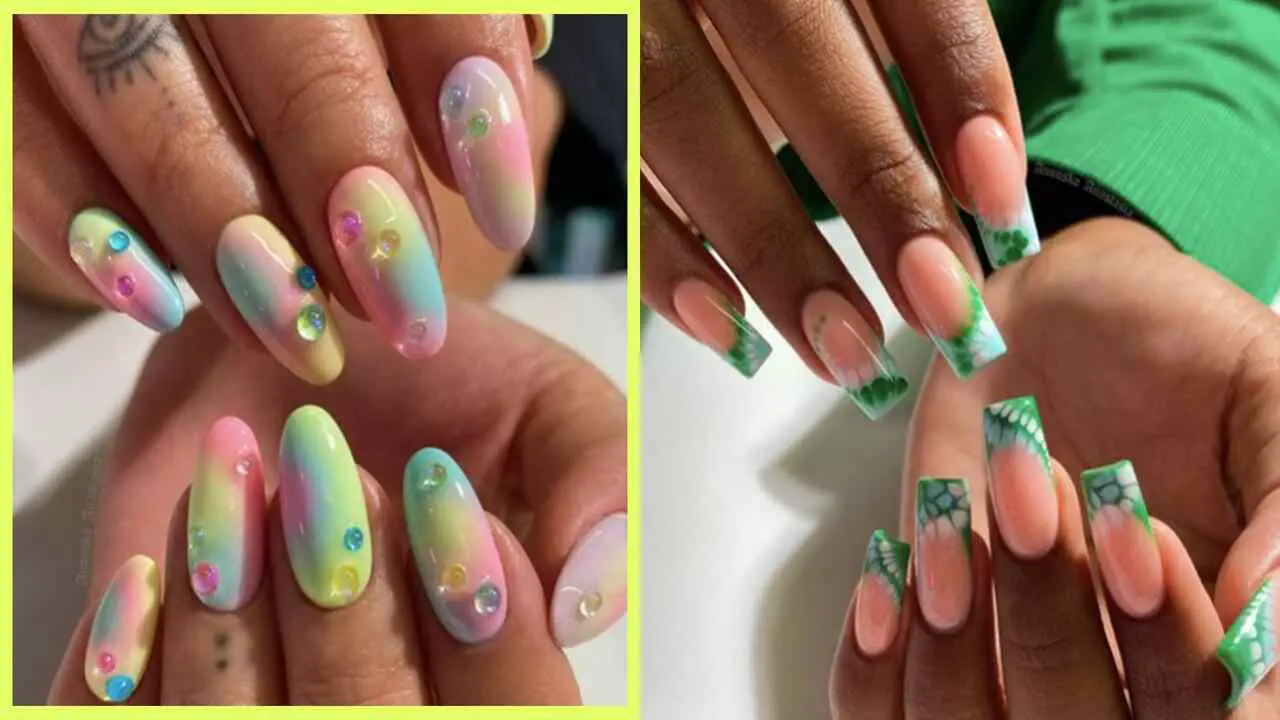
Regarding trimming nails, there are a few factors to consider when choosing the right tool for the job. First and foremost, you’ll want to consider the type of nails you’ll be trimming. Different tools work best for different nail types, so choosing one suitable for your needs is important.
Additionally, you’ll want to think about your own comfort and ease of use. Some tools may be more ergonomic or easier to handle than others, making the task of trimming nails much more enjoyable. Lastly, consider the durability and quality of the tool. Investing in a high-quality nail trimming tool can ensure that it lasts for years and provides consistent results.
Tips For Safe And Effective Nail Trimming With Each Type Of Tool
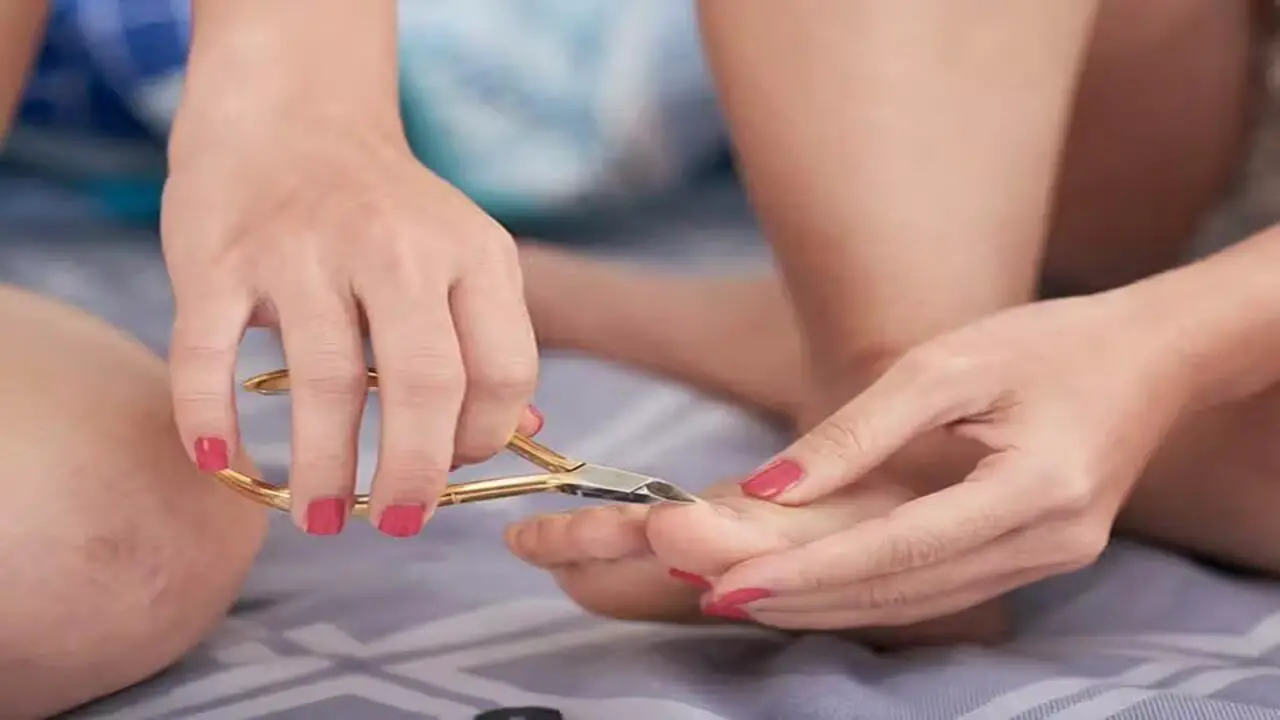
Regarding nail care and trimming, several tools can be handy depending on personal preference and the trimming type. Regardless of which tool you choose, always take care when trimming your nails to avoid cutting too close to the skin or causing injury. If you have any concerns about nail care and trimming, including skin problems, it is Here are some tips for safe and effective nail trimming with each type of tool:
- Nail clippers: Nail clippers are the most commonly used tool for trimming nails. When using nail clippers, it is important to choose a size that matches the size of your nails and to hold them at a slight angle to avoid cutting too close to the skin. Start by trimming small amounts of nails at a time and then gradually shape the nails as desired.
- Nail scissors: Nail scissors can be a good alternative for those who prefer more control when trimming their nails. When using nail scissors, it is important to use sharp, clean scissors and to trim small amounts of nails at a time to avoid accidents.
- Nail files: Nail files can be used to shape and smooth the edges of the nails after they have been trimmed with clippers or scissors. When using a nail file, it is important to file in one direction only, rather than back and forth, to prevent splitting or peeling of the nails and create even grooves.
- Electric nail trimmers: Electric nail trimmers are battery-operated tools that can quickly and easily trim nails. These tools are particularly useful for individuals with arthritis or other conditions that make using traditional nail clippers or scissors difficult. When using an electric nail trimmer,
Maintenance And Care For Your Nail Trimming Tool
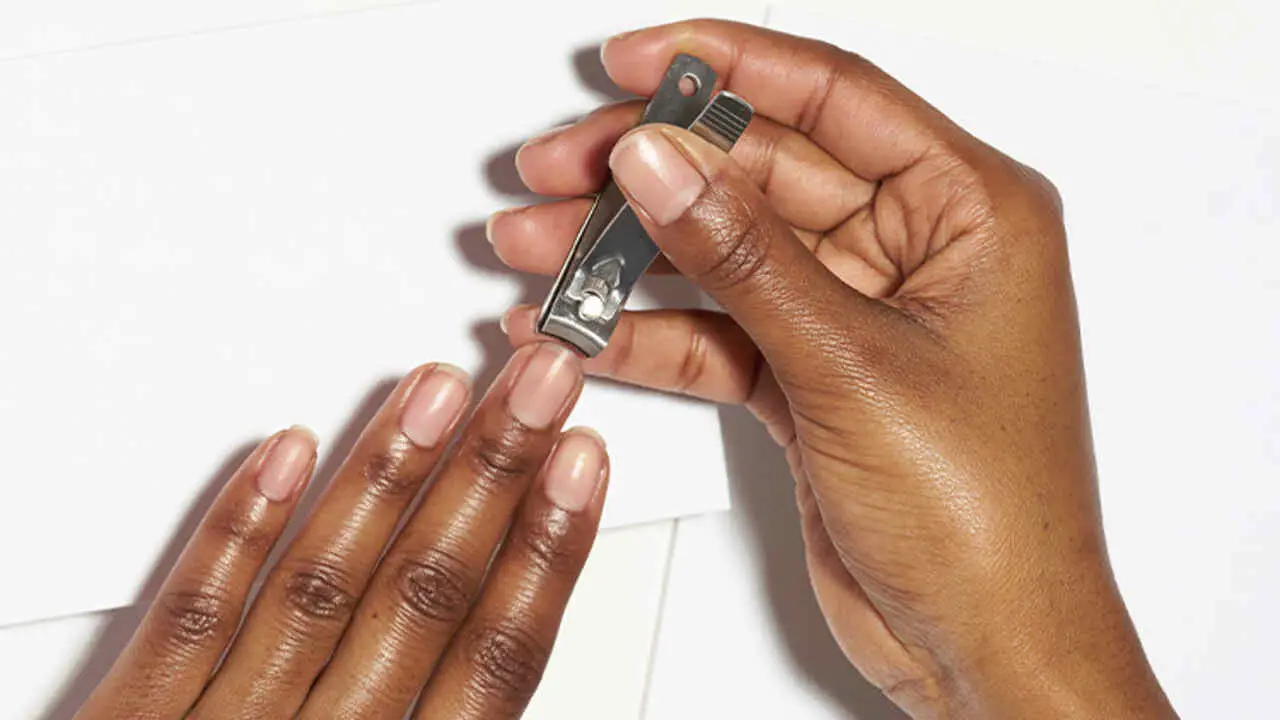
Remember a few key steps when maintaining and caring for your nail-trimming tool. First and foremost, cleaning your tool after each use is important. This can be done using a small brush or cloth to remove debris or residue from the blades. Additionally, periodically oil the hinge of the tool to ensure smooth operation.
This can be done by applying a small drop of oil and then gently working the tool back and forth to distribute the oil. Lastly, storing your nail trimming tool in a clean and dry place is important to prevent rust or damage. Following these simple maintenance steps ensures that your nail-trimming tool remains effective and long-lasting.
Common Mistakes To Avoid When Using Nail Trimming Tools
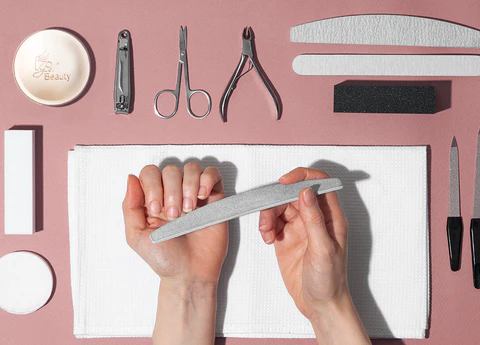
Regarding trimming nails, there are a few common mistakes that people should avoid. First and foremost, using the wrong tool, such as nail clippers or a nail file, can lead to injury or uneven nails. It is important to use a proper nail trimming tool, such as nail clippers or a nail file, designed specifically for this purpose.
Additionally, it is crucial to trim nails straight across rather than in a curved shape. This helps to prevent ingrown toenails and promotes healthy nail growth. Finally, be mindful of how much you are trimming off at once.
Cutting too much, also known as nail clipping, can cause pain and discomfort, so it is better to take small increments and gradually trim the nails to the desired length. Avoiding these common mistakes can ensure a safe and effective nail-trimming experience.
Conclusion
We have discussed” Which tool is used to trim nails?” Choosing the right nail-trimming tool depends on your preferences and needs. Professionals recommend using nail clippers for a clean and precise cut. However, consider using scissors or a nail file if your nails are thick or ingrown.
Whichever tool you choose, it’s important to use it properly and maintain it for the best results. Remember the advantages and disadvantages of each tool and always prioritize safety and hygiene. Avoid common mistakes like cutting too small or using a dull tool. You can achieve well-groomed and healthy nails by taking care of your nail-trimming tools and following the right techniques.
Frequently Asked Questions
1.What Do You Use To Trim Your Nails?
Ans: Regarding trimming nails, the most common tool used is nail clippers. However, some individuals prefer using nail scissors or a nail file. Electric nail trimmers are also an option. Always use a clean and sharp tool to prevent injury or infection.
2.Which Machine Will You Use To Trimming The Nails?
Ans: Using a machine for trimming nails is not recommended as it can cause injury. The optimal tools for nail trimming are nail clippers or nail scissors. Nail clippers are best for thicker nails, while nail scissors are better for precise trimming. Remember to sanitize your tool before and after use to prevent infection.
3.What Is A Nail Clipper?
Ans: A nail clipper, a nail cutter, is a handheld tool designed for trimming fingernails, toenails, and hangnails. It comes in various sizes and shapes, such as standard, guillotine, and scissor-style clippers. To use a nail clipper, simply position the cutting edge over the nail and squeeze the handles together firmly. Regular cleaning and maintenance are important to prevent nail splitting or cracking.
4.Which Part Of The Nail Do You Trim?
Ans: Regarding trimming nails, it’s important to focus on the tip of the nail and avoid cutting too close to the nail bed. Trimming too close can result in pain and bleeding. Use a specifically designed nail clipper or scissors for the task, and don’t forget to file any rough edges after trimming.
5.Can Using The Wrong Type Of Nail Trimming Tool Cause Harm To My Pet’s Nails?
Ans: Using the wrong nail-trimming tool can harm your pet’s nails. A large or dull trimmer can cause pain and injury. Selecting the right tool based on your pet’s size and nail thickness is crucial. If unsure, consult a professional groomer or veterinarian.

